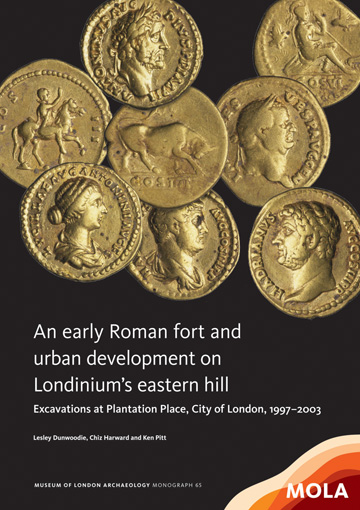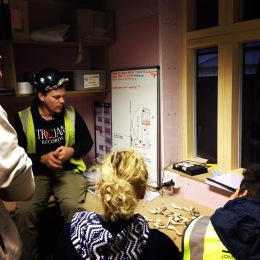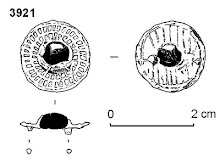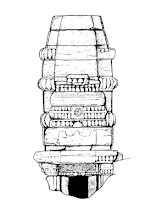MOLA have just published the Roman monograph on their major
urban excavations at Plantation Place, City of London. I worked on the
main excavation in 2000, when there were around 70 archaeologists working on site, and over
the next three years with smaller teams excavating pile positions, sewer shafts
and monitoring groundworks and piling. At the end of it all, after several
years of excavation, assessment and analysis, I ended up writing the chapter on
the post-Boudican reconstruction fort, a 'find' that still ranks as the best
I have ever made.
 |
| The MOLA monograph, copyright MOLA |













